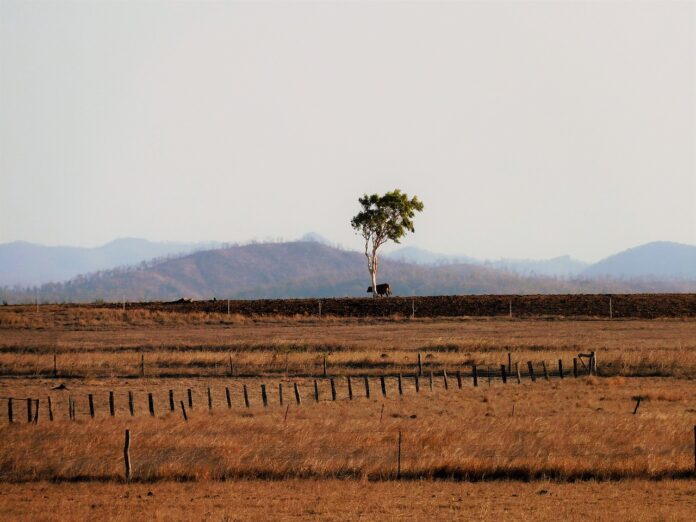Source: MakeLemonade.nz
Tamaki Makaurau – New Zealand is investing in development of a new forecasting tool help farmers and growers prepare for dry conditions.
The new approach will provide daily drought forecasts out to 35 days. Later, the project will also explore drought predictions up to six months ahead.
NIWA provides seasonal climate outlooks each month that look three months ahead, but it is not drought specific.
The new system will harness the latest in climate and data science to put information into the hands of the farmers and growers who can make the best use of it.
Knowing well in advance when dry conditions are on the way means farmers can cut their cloth accordingly at critical times on-farm. Having early warning can help determine stocking levels, water storage and feed management options.
State-of-the-art data-driven techniques are being used by NIWA scientists to make these predictions more precise and more accurate for New Zealand.
This builds on a weather model released in 2020 by the United States of America’s National Oceanic and Atmospheric Administration.
The number of people facing extreme droughts could double by the end of the century, according to new research.
The researchers based the study on a set of 27 global climate-hydrological model simulations spanning 125 years.
They predict a large reduction in natural land water storage in two-thirds of the world, caused by climate change will exacerbate the issue.
By the late 21st century, the global land area and number of people facing extreme droughts could more than double, the Michigan State University report says.
Droughts are a part of farming, but when they extend for many months or affect large swathes of the country, they can have a major impact on rural communities.
The new Kiwi forecast tool will be a companion to the New Zealand drought index. The index was developed by NIWA in conjunction with MPI and launched in 2017.
It is used to determine the current status of drought across the country and measures the duration and intensity of recent dryness.
A large-scale drought adverse event classification that was in place for large parts of New Zealand beginning in March 2020 was lifted in November last year. With climate change, severe weather events are both more frequent and intense.
Development of the forecasting tool will benefit from the input of a wide range of end users. As well as farmers and growers, representatives from local and central government, advisors and industry bodies will be consulted. The tool is expected to be available by the end of 2023.



